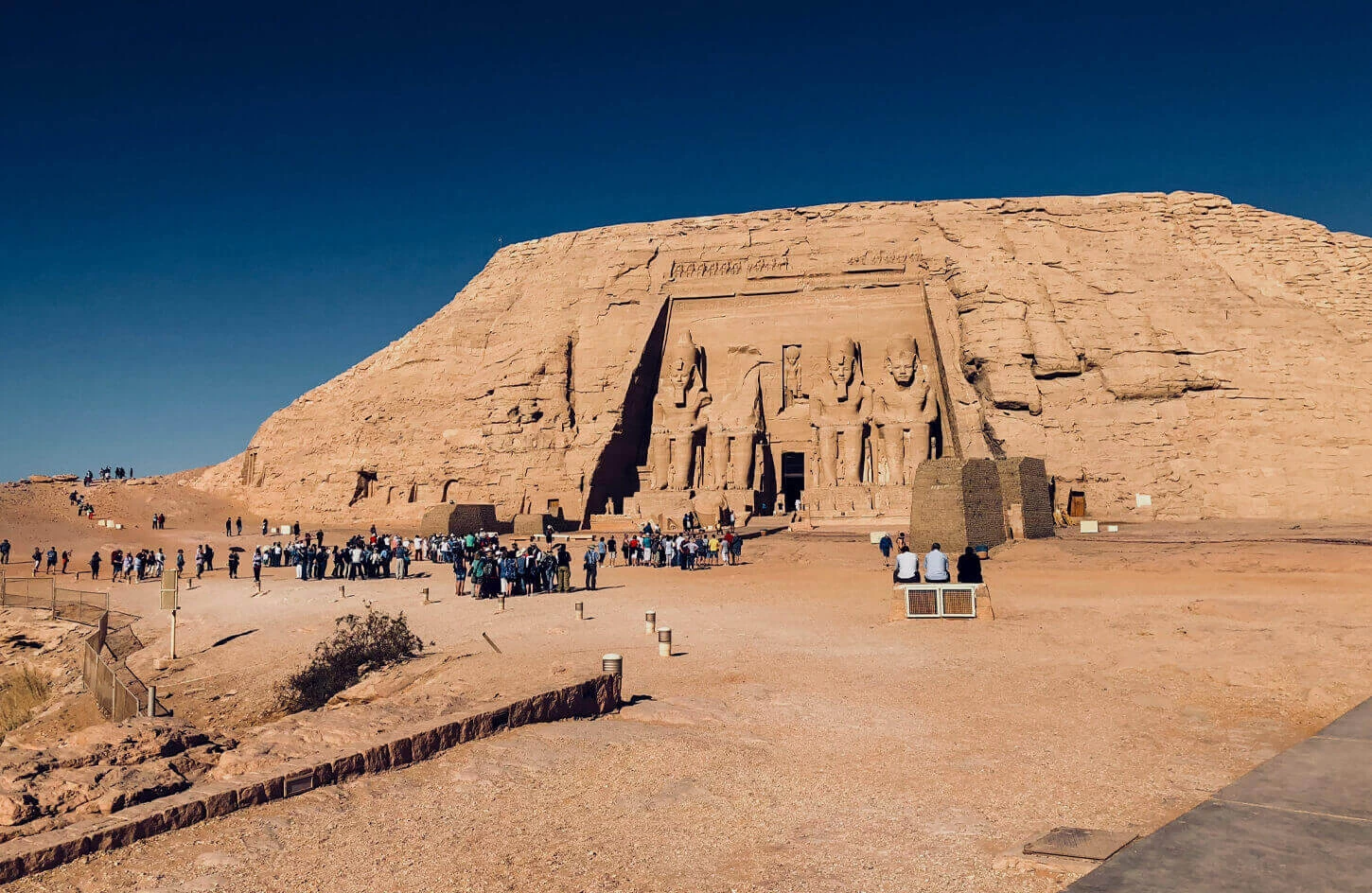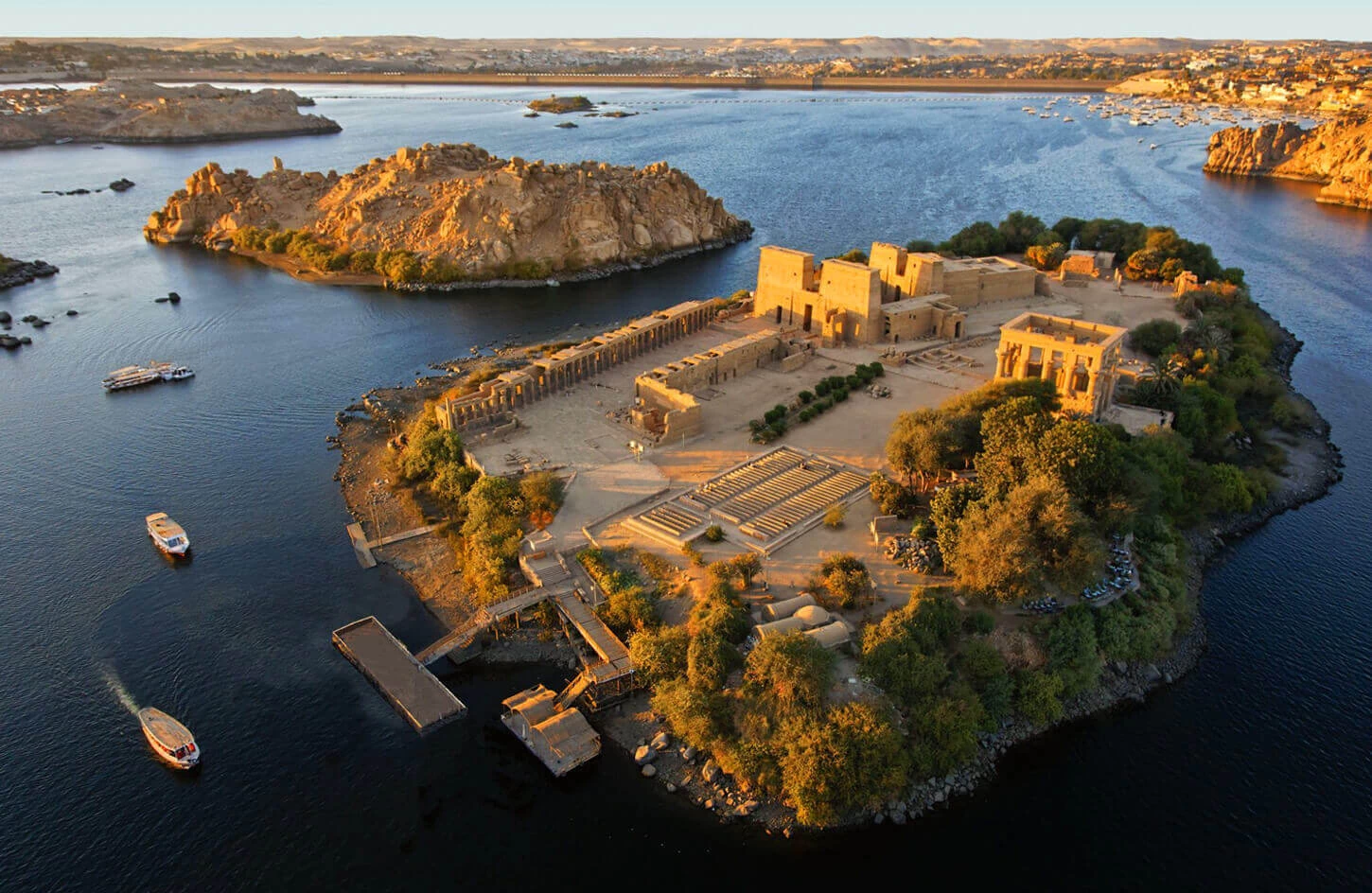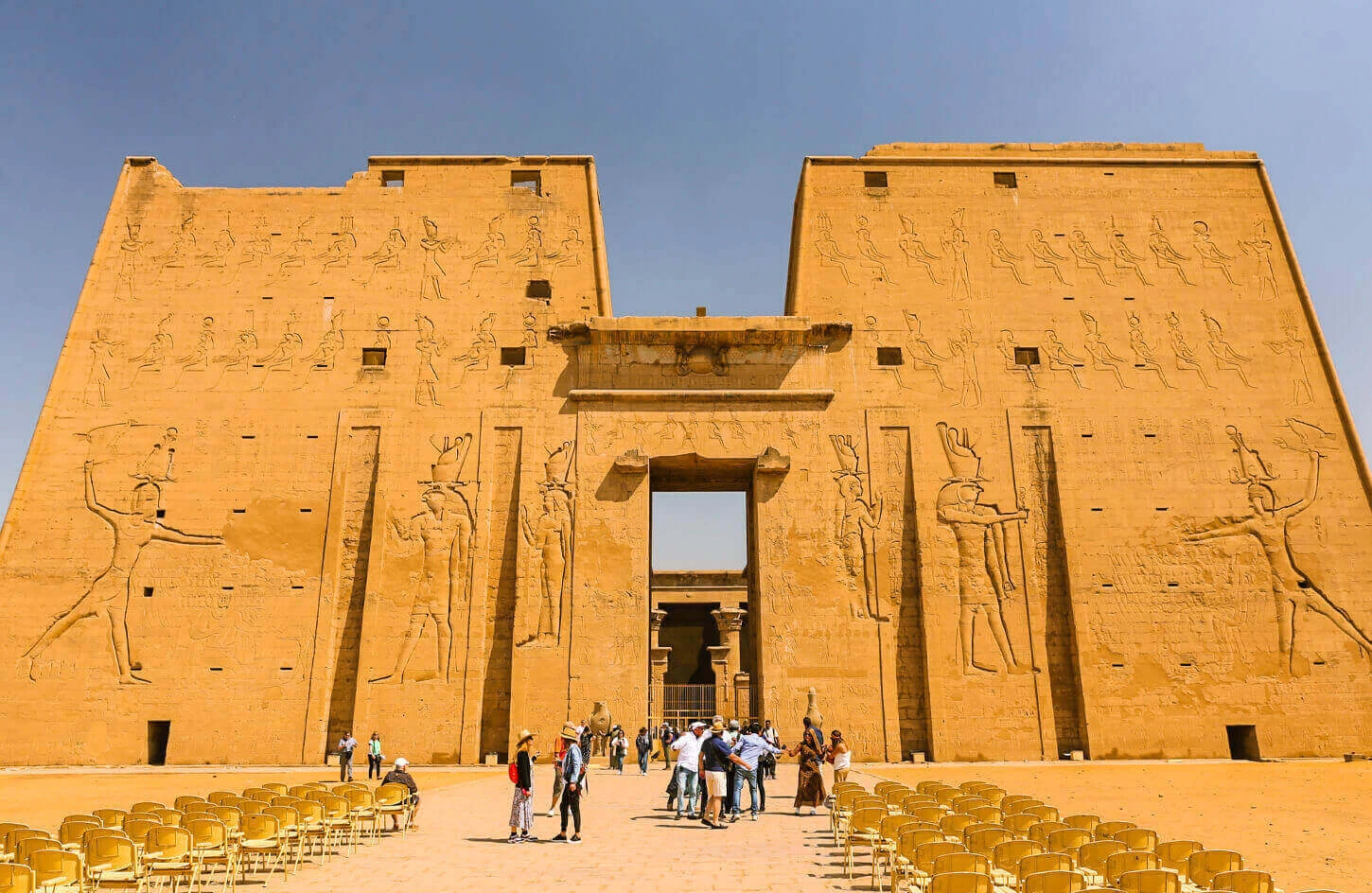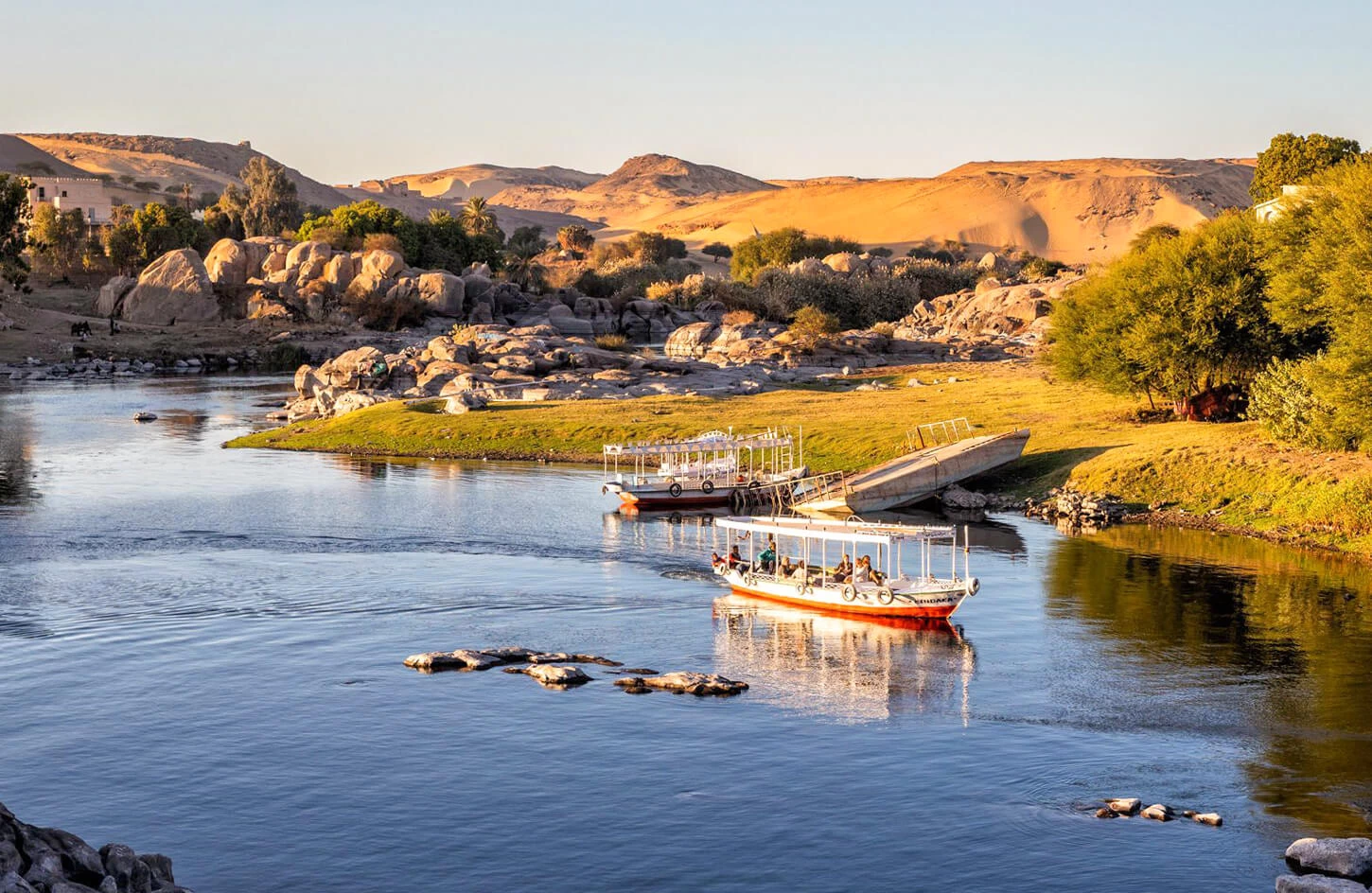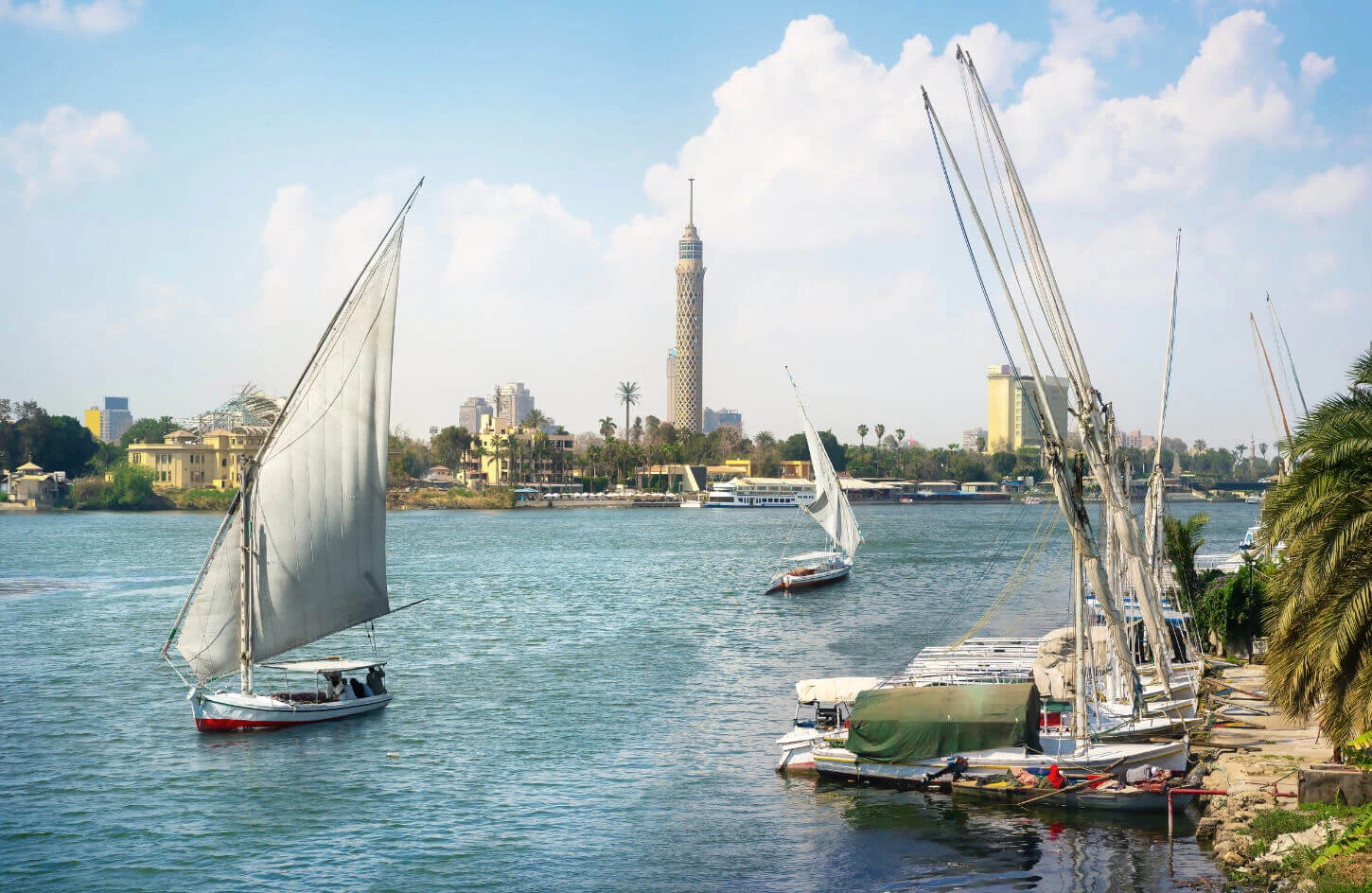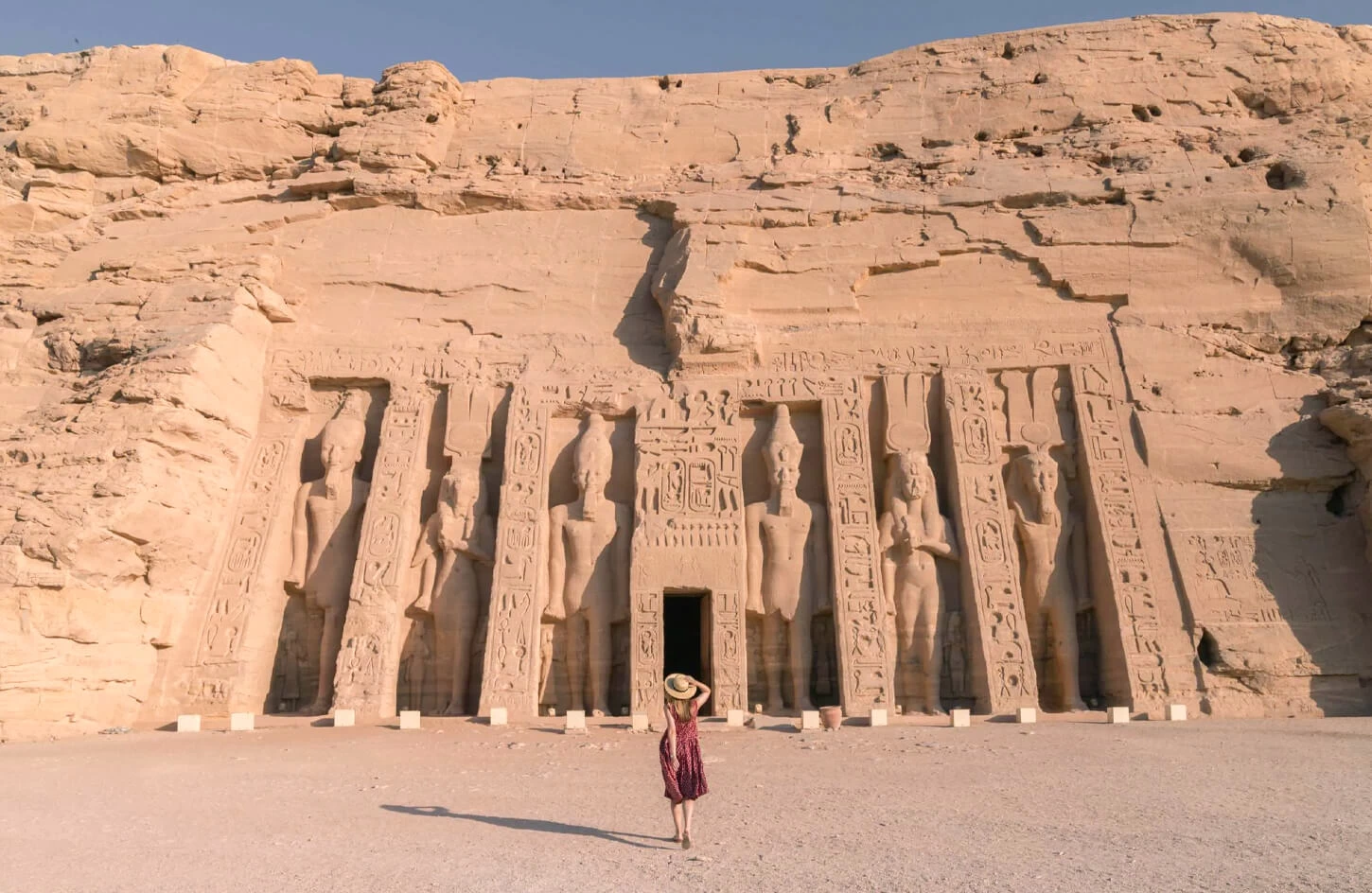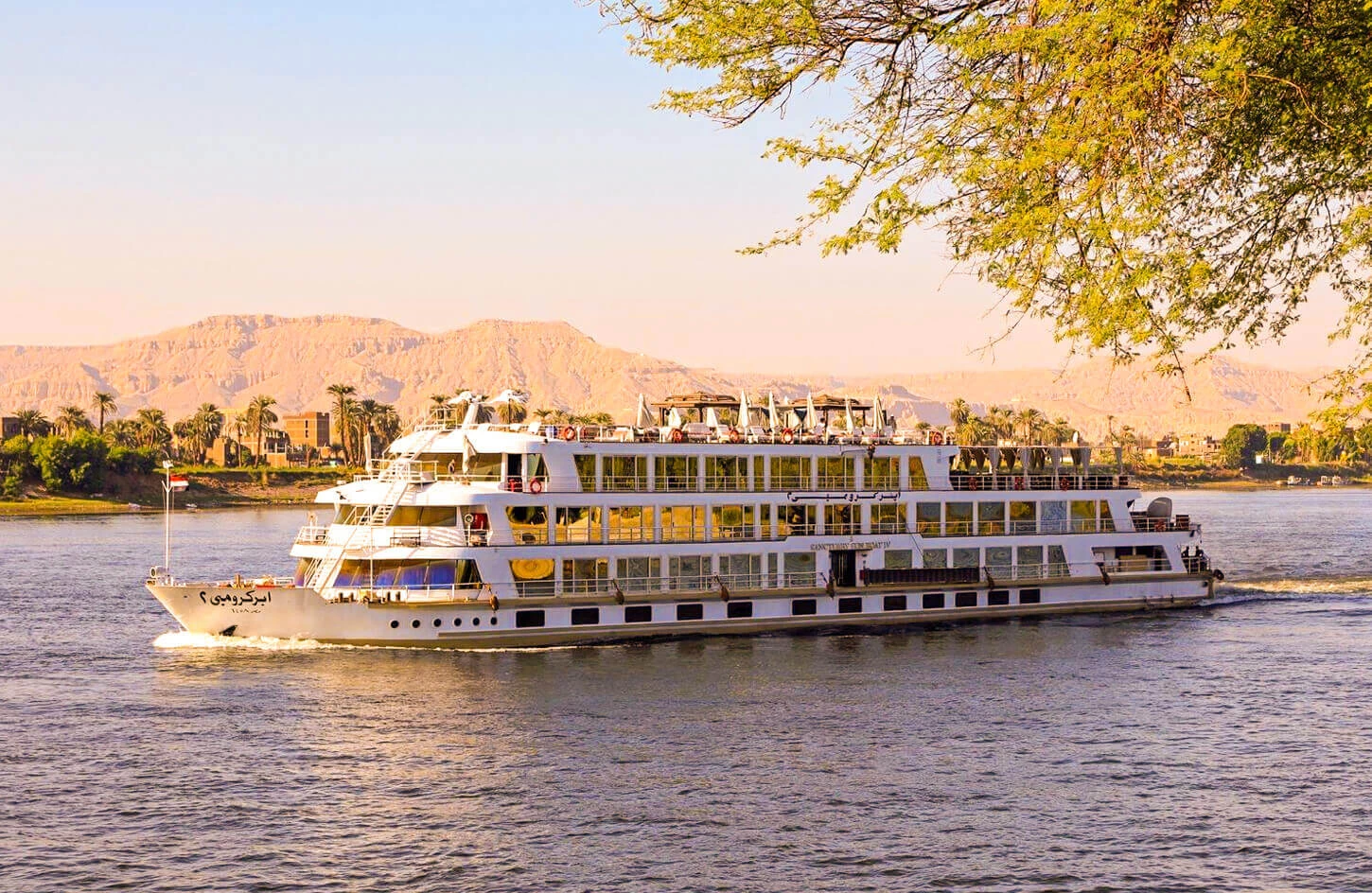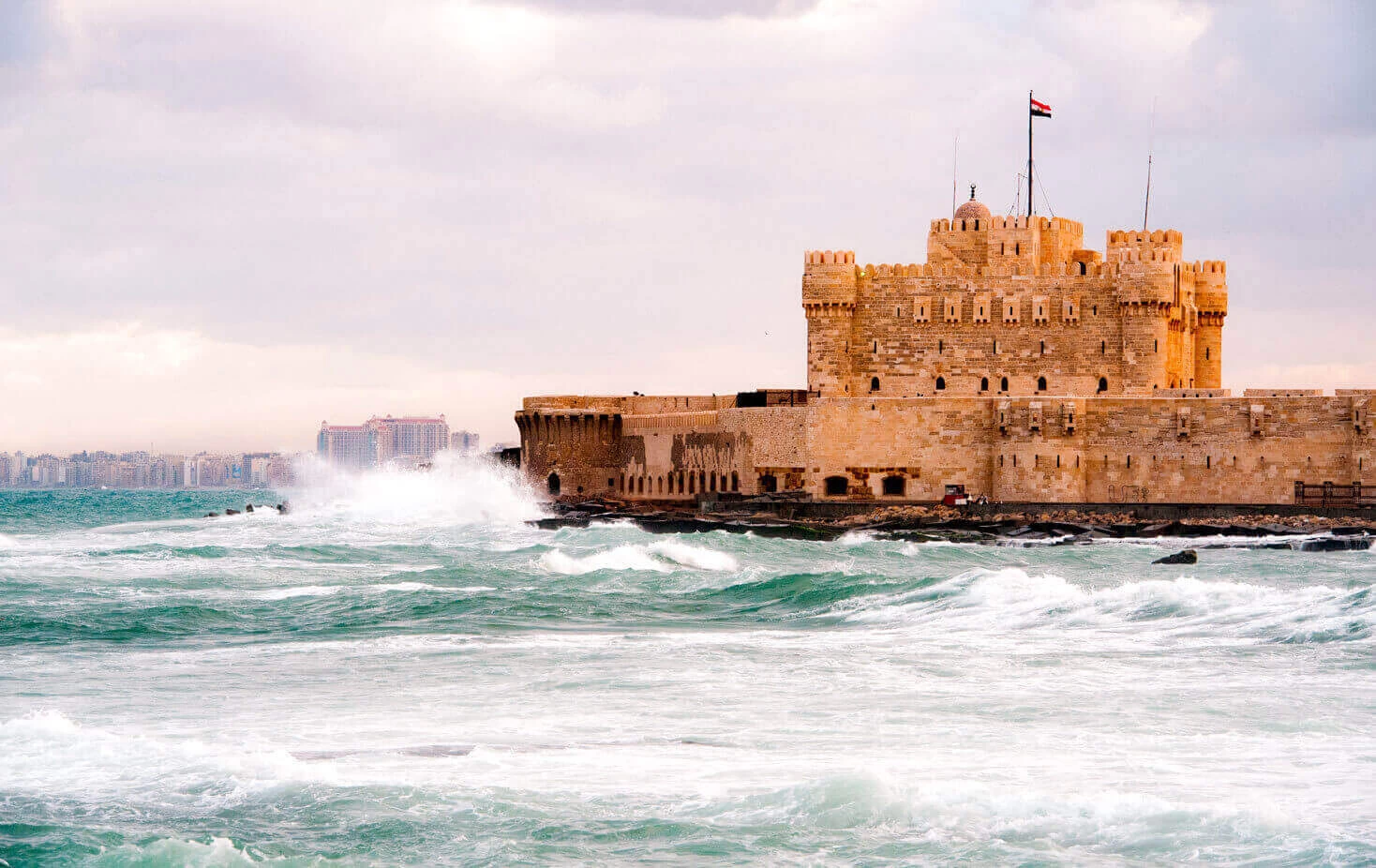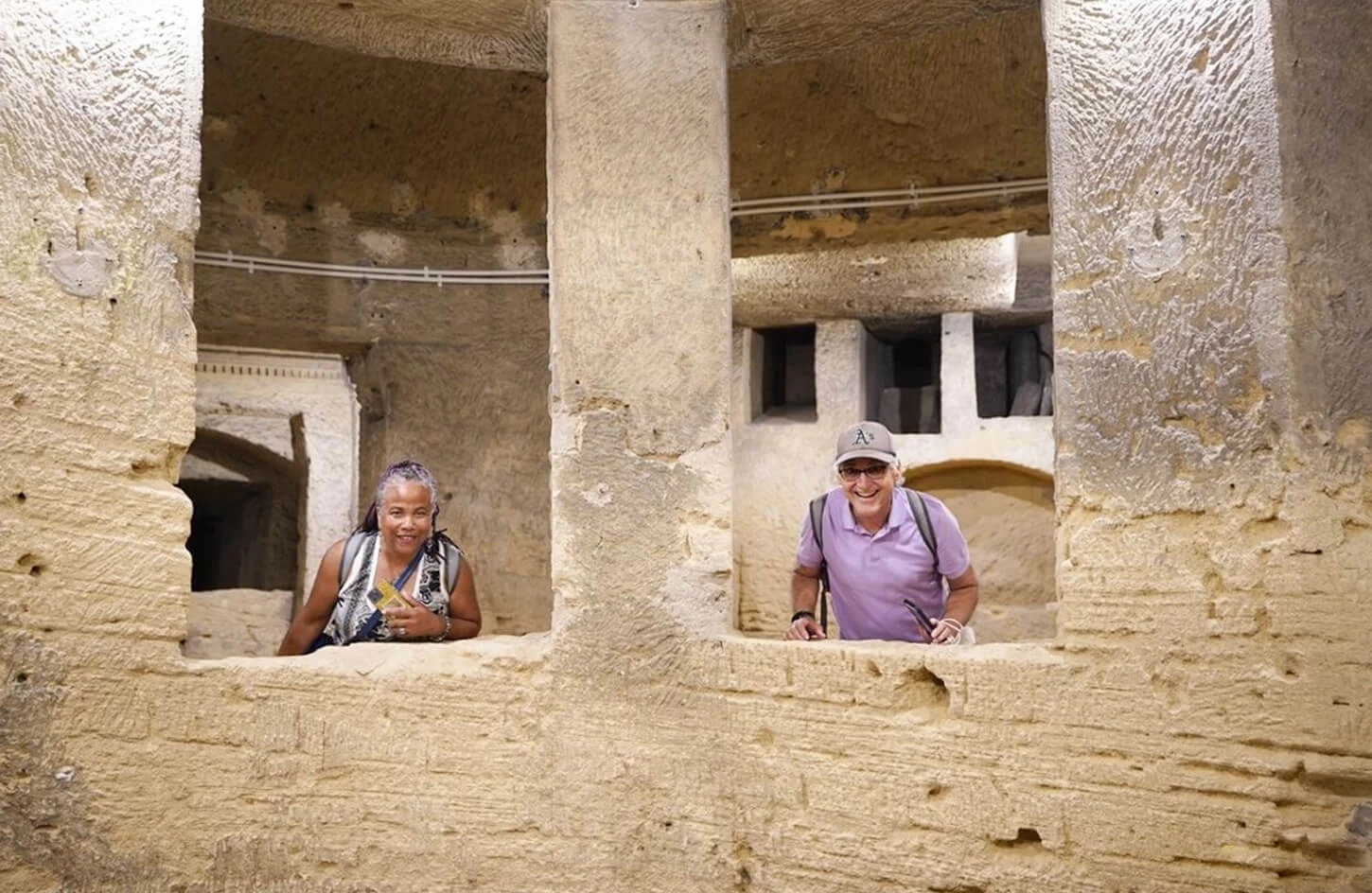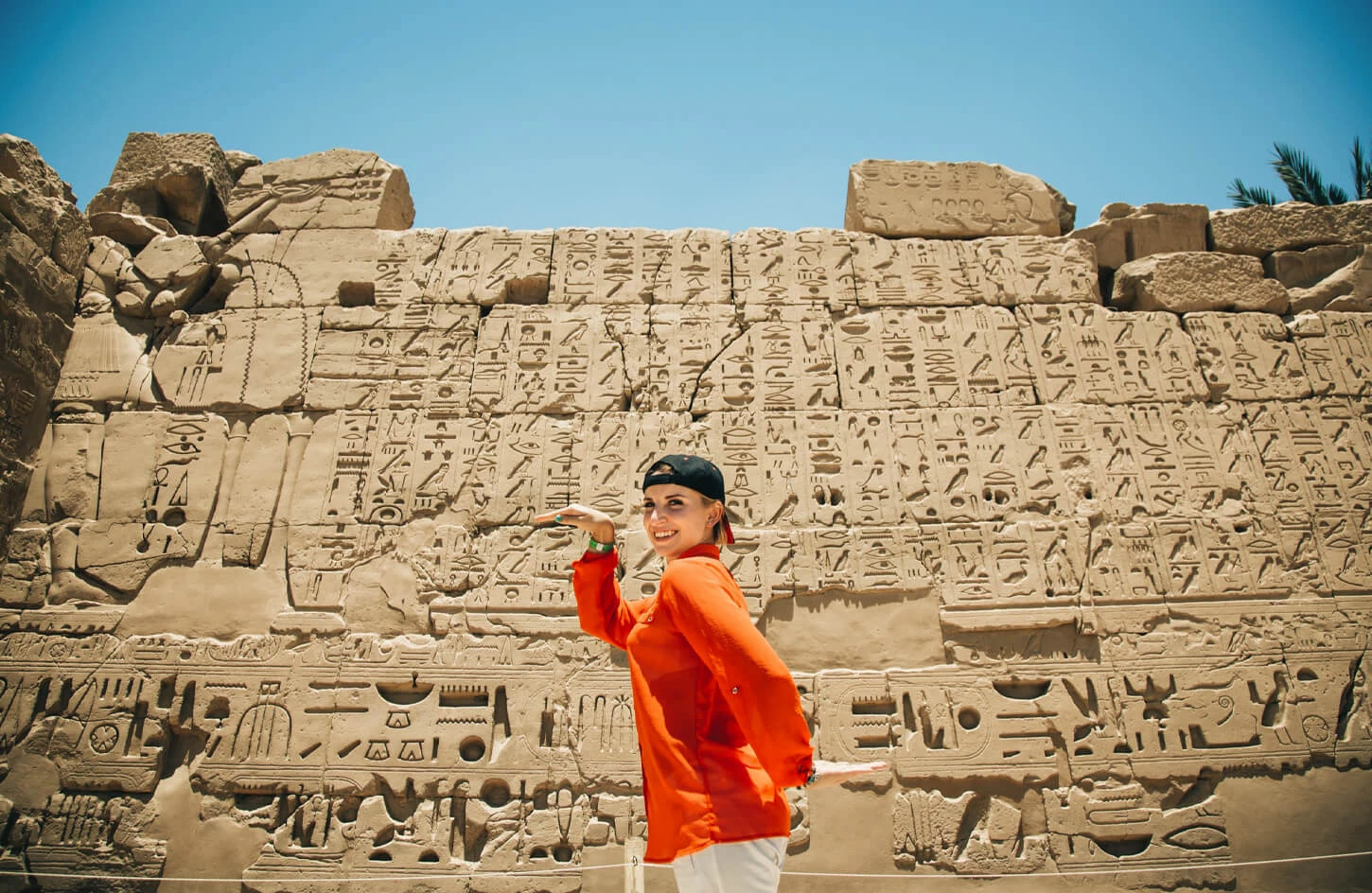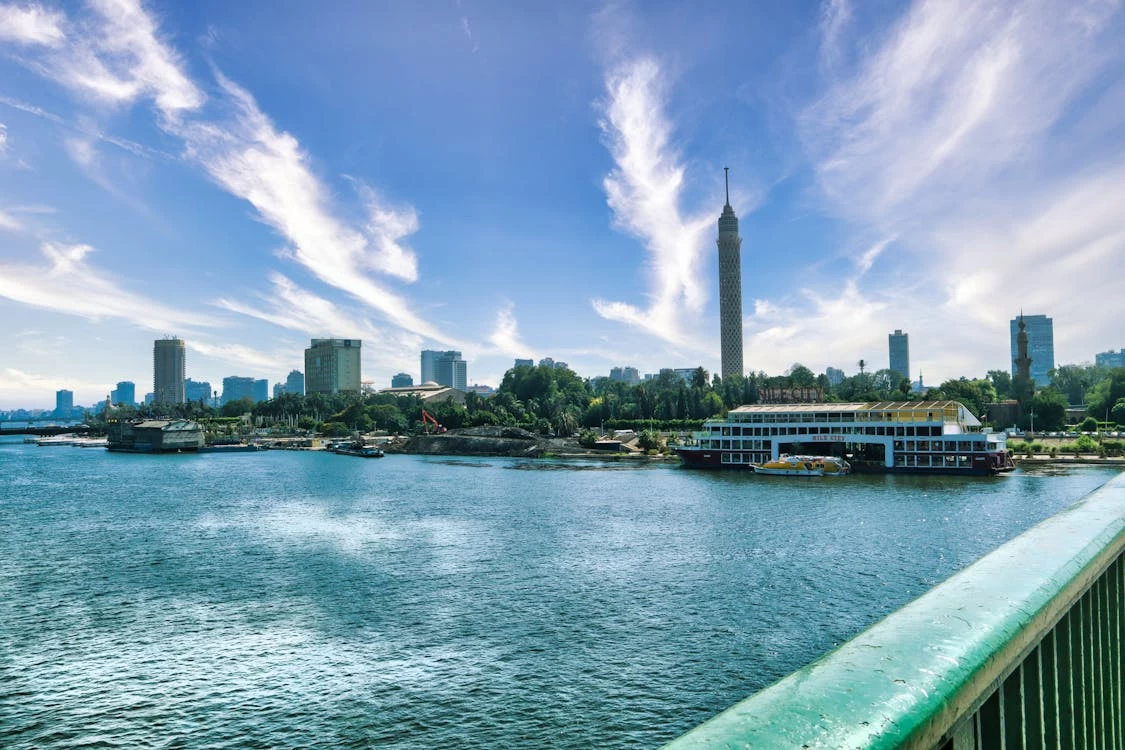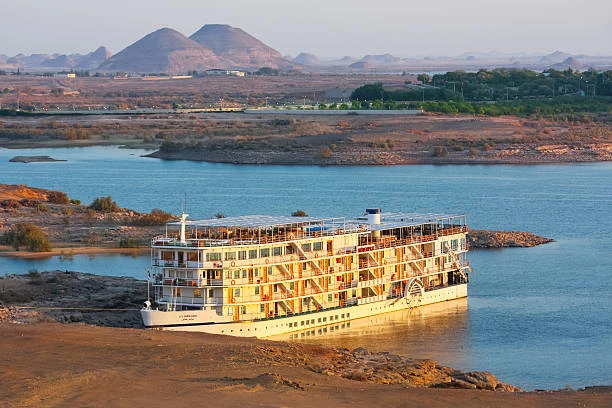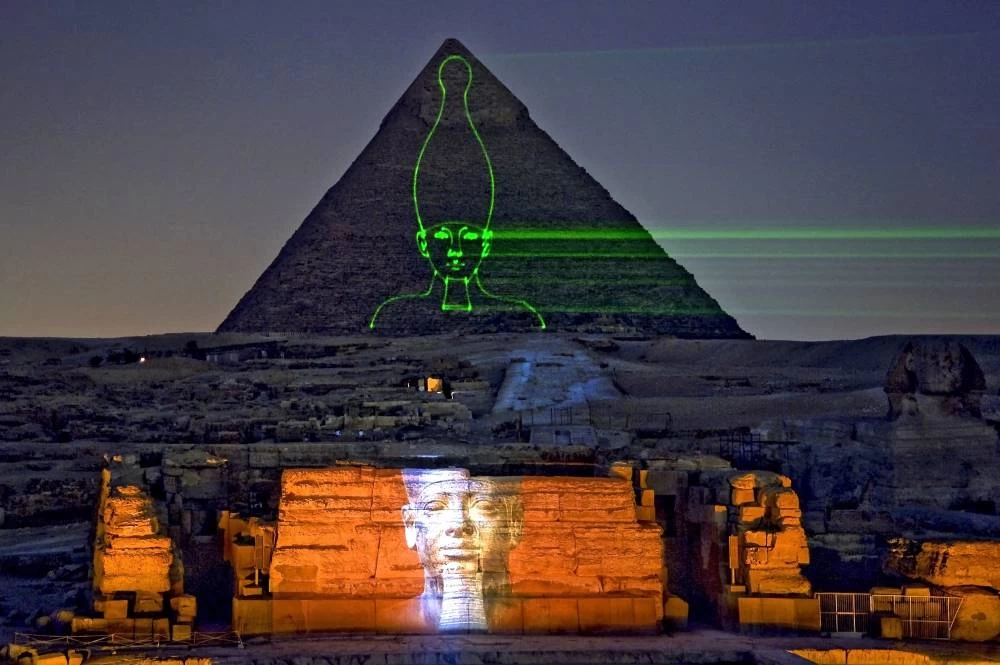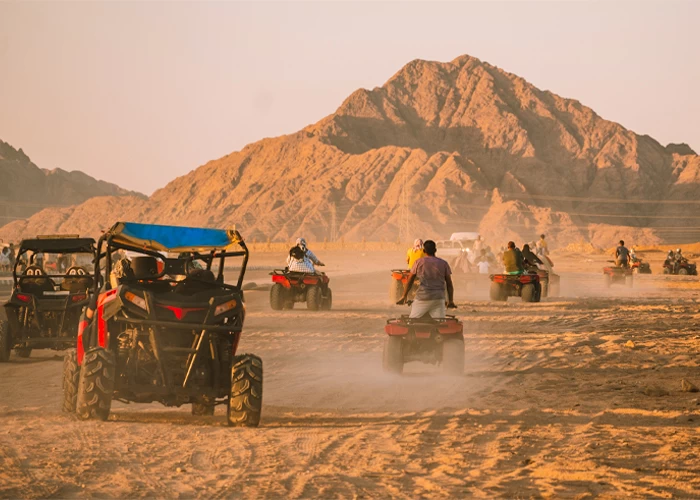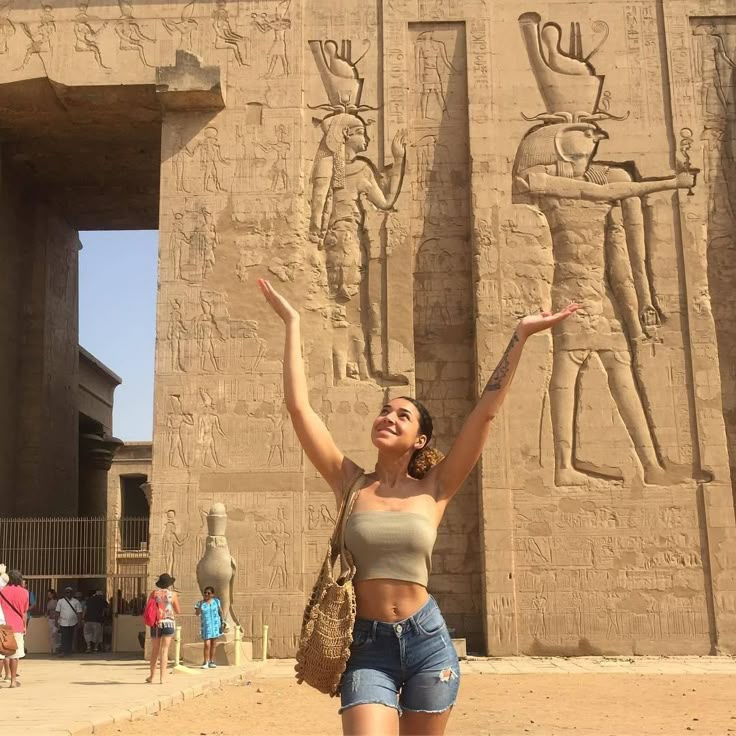kalabsha temple
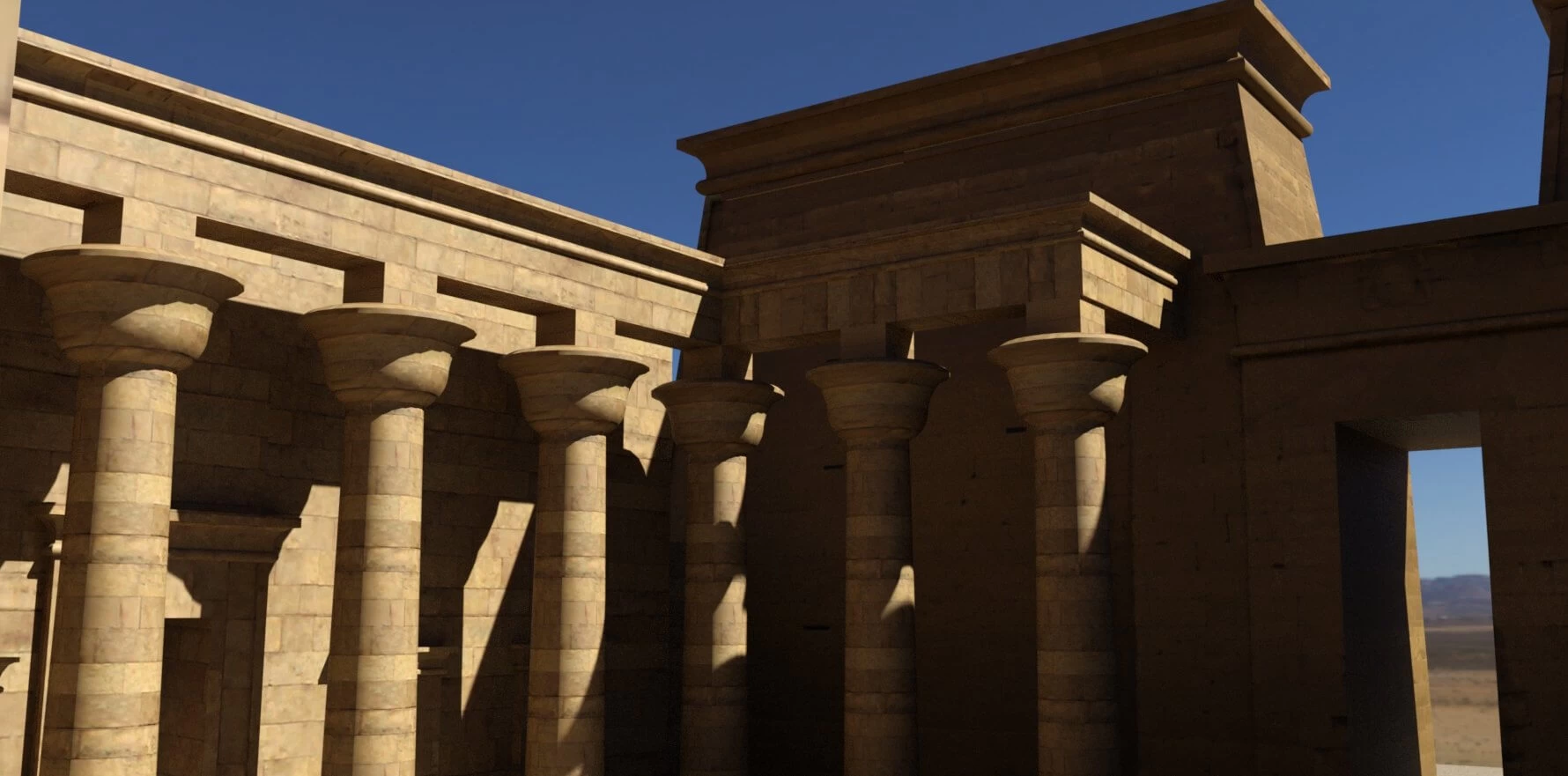
facts about Kalabsha Temple
The Kalabsha Temple, or Mandulis Temple, is a very ancient Egyptian temples located near Aswan in southern Egypt. The temple was originally built by the Roman Emperor Augustus around 30 BC and is the largest freestanding temple in Nubia. It was a temple dedicated to the Nubian sun god Mandulis and is an elegant piece of Roman architecture and art in Egypt. The temple was moved to its current location on the shores of Lake Nasser after the construction of the Aswan High Dam to prevent it from being submerged. It is considered one of the most important tourist attractions to visit on Aswan tours.
Exploring Kalabsha Temple
This beautiful and remarkably well-preserved monument is the largest free-standing temple in Lower Nubia. It was built during the reign of Augustus (30 BC–14 AD), the first Roman emperor. Primarily dedicated to the Nubian god Mandulis, the gods Isis and her husband Osiris were worshipped here too.
The temple is standard in its plan. A monumental gateway called a pylon leads into an open-air forecourt followed by a columned hall, called a hypostyle hall. Two transversal chambers lie beyond which served as halls for offerings.
At the far end of the temple is the sanctuary, where the cult image of the god was kept. A half-rock-cut chapel dedicated to the Nubian deity Dedwen is to the south-west of it, and a diminutive chapel, probably erected by Ptolemy IX in the 2nd century BC, is to the north-east.
From 1962 to 1963, this temple, like many others in Nubia, was relocated from its original site on Kalabsha Island to New Kalabsha Island in order to save it from the rising waters of the Nile in the aftermath of the construction of the Aswan High Dam. Because of their immense historical significance, the Egyptian monuments in Nubia from Abu Simbel to Philae, including the monuments standing today on New Kalabsha, were inscribed on UNESCO’s World Heritage List in 1979.
location of Kalabsha Temple
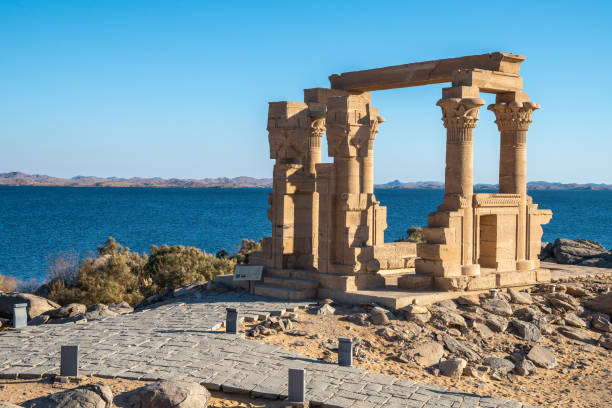
best things to do in aswan visit The Temple of Kalabsha also Temple of Mandulis is an ancient Egyptian temples that was originally located at Bab al-Kalabsha Gate of Kalabsha, approximately 50 km south of Aswan.
In the 1960s the temple was relocated under the International Campaign to Save the Monuments of Nubia, and inscribed on the UNESCO World Heritage List in 1979, along with other outstanding examples of Nubian architecture including Abu Simbel and Amada.
The temple was situated on the west bank of the Nile River, in Nubia, and was originally built around 30 BC during the early Roman era. While the temple was constructed in Augustus's reign, it was never finished. The temple was a tribute to Mandulis Merul, a Lower Nubian sun god. It was constructed above an older sanctuary of Amenhotep II.
The History and Relocation of Kalabsha Temple
Historical Relocation: In the 1960s, when it was under threat from the rising waters of Lake Nasser after the Aswan High Dam was constructed, the temple was painstakingly dismantled and rebuilt at its current site. Its salvage was facilitated by financing from UNESCO with the work undertaken by the German Federal Republic.
Why Kalabsha Temple is a Must-Visit in Aswan
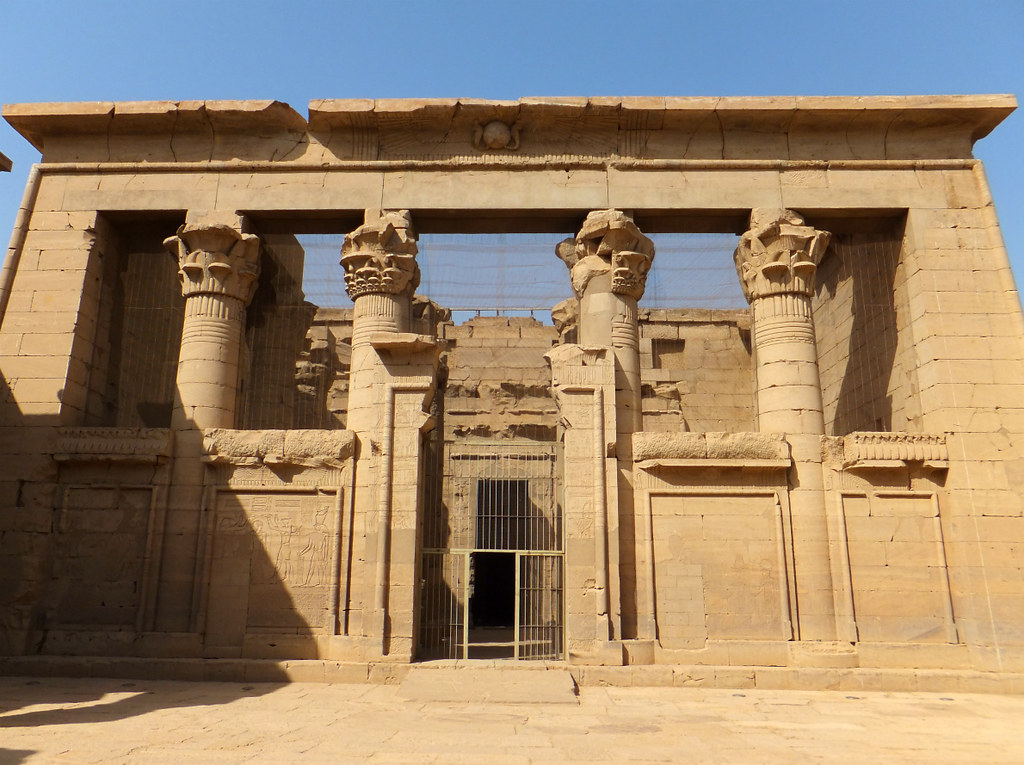
best temples in Egypt because :
1. Historical Significance: Kalabsha Temple is Roman in origin (c. 30 BCE), originally constructed for the Nubian god Mandulis. It is one of the best-preserved temples of its era, providing us with an interesting insight into religious ceremonies and architectural designs of ancient Egypt.
2. Breathtaking Architecture: The temple is a typical example of ancient Egyptian architecture, featuring massive pylons, massive courtyards, and intricate hieroglyphic carvings. The magnitude and the architecture of the temple are evidence of the grandeur of the time when it was built. The fact that the temple survived to stand on the Lake Nasser adds its own beauty, with a tranquil and serene atmosphere.
3. Relocation for Conservation:Perhaps the most characteristic aspect of Kalabsha Temple is that it was literally relocated during the 1960s in order to save it from being inundated by the building of the Aswan High Dam. It was relocated to a new site on higher ground nearer the lake, and thus it also serves as an intriguing witness to modern efforts at conserving ancient monuments.
4. Spiritual and Cultural Glimpses: The trip to the Kalabsha Temple is a journey into the cultural and religious existence of Nubians and Egyptians of ancient times. Pharaohs, gods, and mythological events have reliefs and inscriptions all over the walls of the temple that present to the travelers first-hand evidence of the region's religious and cultural legacy.
5. Panoramic Landscape: The temple is situated near Lake Nasser and has panoramic views over the lake and over the desert landscape around the temple. The temple is an ideal place to take photographs in the early morning or late afternoon when the sun's rays throw colors on the stone temple.
A Guide to Visiting Kalabsha Temple Near Lake Nasser
Best Time to Visit :
Early Morning or Late Afternoon: If you want to avoid the heat of the day and the tourists, the early morning or late afternoon is the best time to visit. This also gives you the opportunity to view the temple in the soft, golden light of sunrise or sunset, ideal for photography.
Avoid Peak Summer: The summer season is extremely hot. Try to visit there during the cooler season (October to April) for a better experience.
What to See at Kalabsha Temple :
Kalabsha Temple is an excellent example of Nubian and Egyptian architecture and history. Here's what to visit on your aswan tours :-
The Main Structure: The temple is for Nubian god Mandulis and constructed in the traditional Egyptian style. The large gateway, massive pylons, and spacious courtyards are all towering structures. It is one of the best-preserved Roman temples.
Reliefs and Inscriptions: Hieroglyphic carvings and temple wall inscriptions consist of elaborate, lengthy descriptions of gods, kings, and religious rituals in figures. Read the reliefs slowly trying to discover more about Egyptian mythology and Roman influences.
The Solar Court: The temple also has a lovely courtyard whereby you can see the desert landscape around you from above. It's a serene and tranquil spot to sit and ponder the ancient past of the site.
The Sanctuary: Inside the temple is a sanctuary for the god Mandulis, where religious ceremonies would have been conducted. It's a serene and contemplative space.
Pylon and Entrance: The entrance pylons are huge in size, and the inner chambers reflect Roman influences. The hugeness and magnificence of this temple will leave you in awe.
